|
|
||
|
Pro Tools
FILMFESTIVALS | 24/7 world wide coverageWelcome ! Enjoy the best of both worlds: Film & Festival News, exploring the best of the film festivals community. Launched in 1995, relentlessly connecting films to festivals, documenting and promoting festivals worldwide. Sorry for the disruptions we are working on the platform as of today. For collaboration, editorial contributions, or publicity, please send us an email here. User loginActive Members |
Zero Gravity
Zero Gravity Feature Documentary - USA March 2021 - 74 minutes - first film directed by Thomas Verrette This films has been labelled by Bruno Chatelin as one to watch from the BEST FOR FESTS ! A diverse group of middle-school students go on the journey of a lifetime when they compete in a nationwide competition sponsored by MIT to code satellites aboard the International Space Station
EPK: Website I Facebook I Twitter I Instagram I Synopsis I Stills I Trailer I Filmfestivals.com I Thomas Verrette  Zero Robotics" is a robotics programming competition where the robots are SPHERES satellites inside the International Space Stat
"Zero Robotics" is a robotics programming competition where the robots are SPHERES satellites inside the International Space Station. The competition starts online, on this website, where teams compete to solve an annual challenge guided by mentors. Participants can create, edit, share, save, simulate and submit code, all from a web browser. After several phases of virtual competition, finalists are selected to compete in a live championship aboard the ISS. An astronaut will conduct the championship competition in microgravity with a live broadcast!
What is SPHERES?
SPHERES stands for Synchronized Position Hold Engage and Reorient Experimental Satellites. SPHERES consist of 3 free flying satellites on board the International Space Station that test a diverse range of hardware and software from scientist all over America. SPHERES has been active for 10 years and continues to be one of the most popular NASA projects and a favorite of many astronauts who are fortunate enough to work with the SPHERES project.
Greg Chamitoff worked with SPHERES in the U.S. Laboratory during Expedition 17 on the International Space Station. Image Credit: NASA Chamitoff said SPHERES was a great platform to launch the student project because the equipment was already on the station and was ready to use. "Students could start off right away designing algorithms and software and have competitions and things like that, and later on down the road at another phase we could possibly add new hardware and capability and then more capable software competitions." At the Zero Robotics pilot kick-off meeting, students got a look at the SPHERES robots they would be programming. Image Credit: MIT
Chamitoff said his vision for Zero Robotics is that students compete to fly different algorithms on the current platform, and the next step would be to modify the SPHERES with more advanced capabilities -- robotic arms, vision, voice recognition, voice, the ability to pull up and display information to a crew member, and the ability to relay procedures and communications. "We can do a lot of things to make them more autonomous and more capable for doing tasks or helping with tasks, and the design of that could also be something students could be involved in as a competition." 01.04.2021 | Zero Gravity's blog Cat. : Promo showcase FILM
|
LinksThe Bulletin Board > The Bulletin Board Blog Following News Interview with EFM (Berlin) Director
Interview with IFTA Chairman (AFM)
Interview with Cannes Marche du Film Director
Filmfestivals.com dailies live coverage from > Live from India
Useful links for the indies: > Big files transfer
+ SUBSCRIBE to the weekly Newsletter DealsUser imagesAbout Zero GravityThe EditorUser contributions |


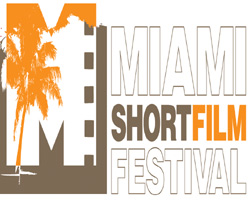
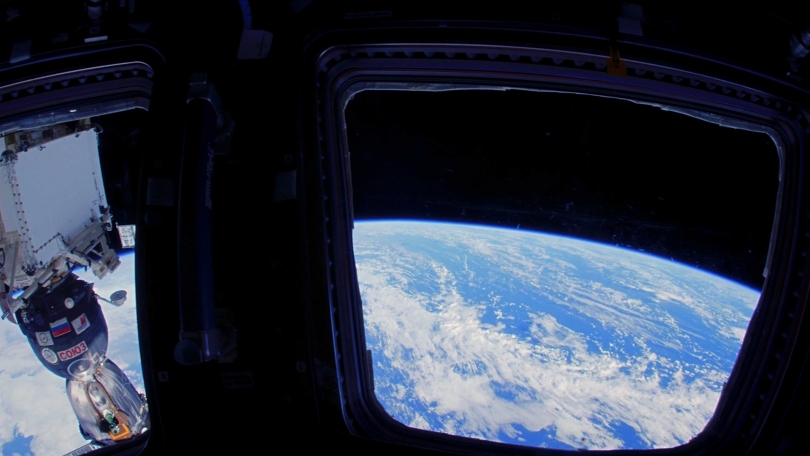



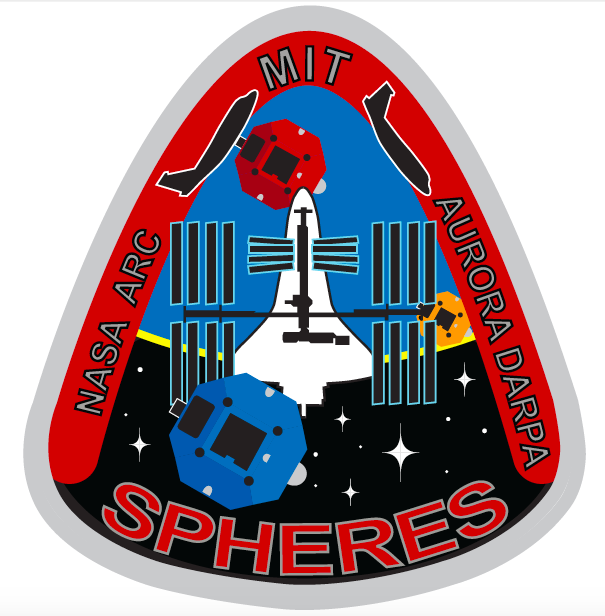
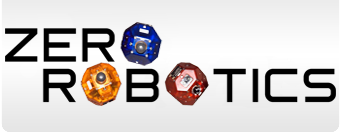



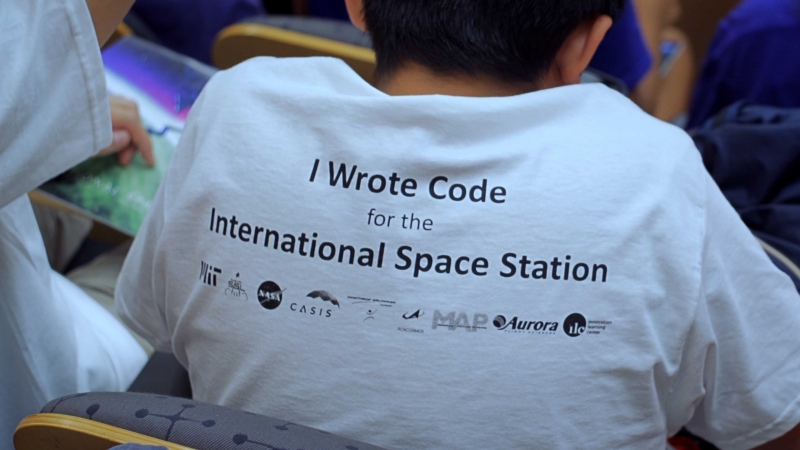

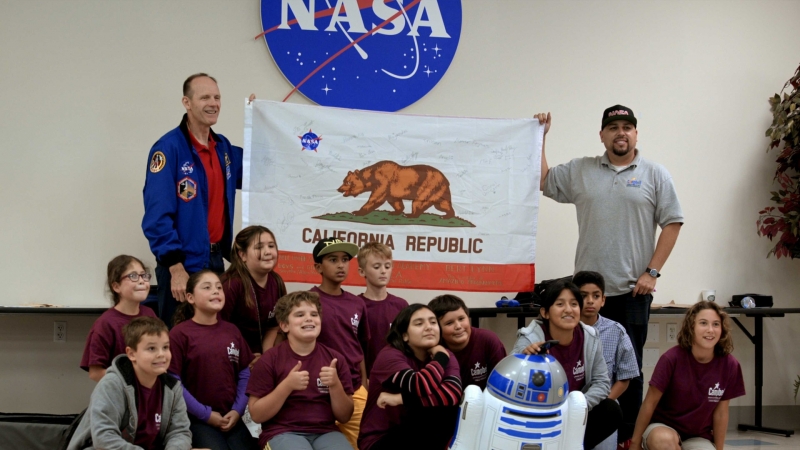
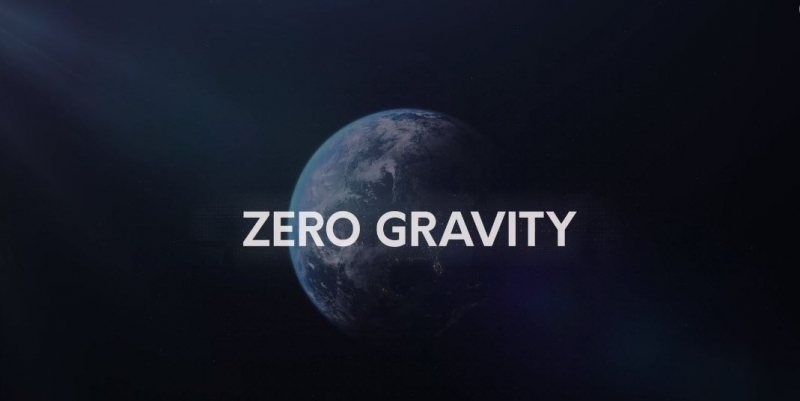
 VERRETTE Thomas
VERRETTE Thomas 


